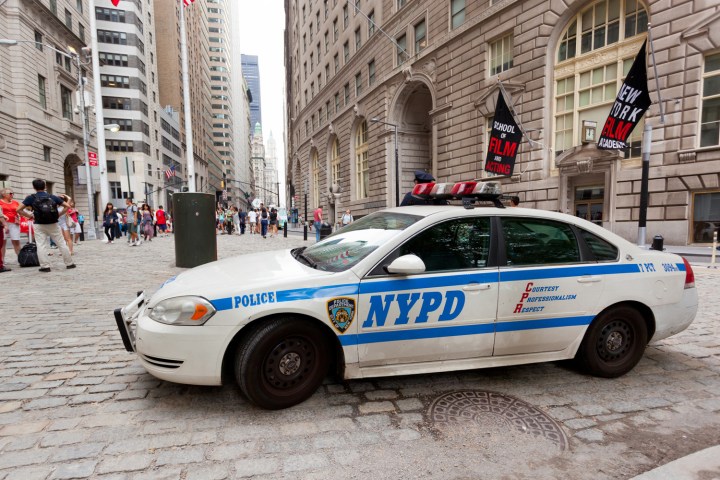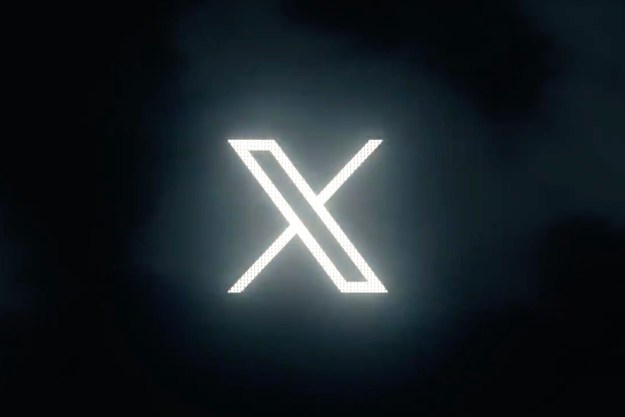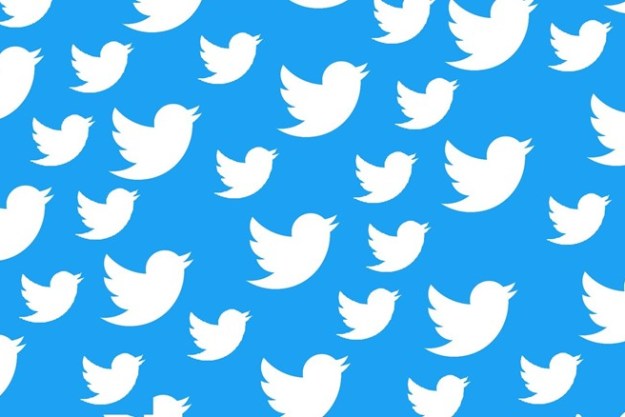

Since 2014, there have been a number of high-profile incidents involving unarmed civilians (often of color), who became victims of what many perceived to be unnecessary and excessive force. One of the most pronounced negative-sentiment dips in terms of police-related tweets occurred in August 2014, following the death of Michael Brown.
Sentiment dropped again in April 2015, when Freddie Gray died of a spinal cord injury following his arrest. A few months later, anger flared again when Sandra Bland was arrested and subsequently found dead in her jail cell three days later. And when Ohio resident Samuel DuBose was killed by an officer during a traffic stop, Twitter took up its arms once more.
Interestingly, the study notes, when there exists more discussion around police on Twitter, the sentiment tends to be more negative. This is likely due to the fact that police-related tweets spike following killings involving law enforcement, though generally speaking, Twitter seems to stay away from the subject of police brutality. Indeed, since DuBose, little has been said about police on social media, and sentiment has remained relatively positive.
In terms of geographic interest, Maryland, Louisiana, Texas, and Ohio tweeted most frequently about the police. This is unsurprising, given the locations of many police-involved tragedies. Maryland and Ohio saw the deaths of Freddie Gray and Samuel DuBose, respectively, while Texas saw the death of Sandra Bland. Curiously enough, men seem far more vocal about police on Twitter than women, tweeting twice as frequently as their female counterparts. And when it comes to how people in America’s 10 biggest cities feel about the police, opinions are split down the middle. While Chicago, Houston, and Phoenix seem to feel the most negatively about police, Dallas, San Antonio, and San Jose appear relatively positive.
Ultimately, it seems, this rather delicate subject keeps the nation relatively divided, even on social media.
Editors' Recommendations
- X (formerly Twitter) returns after global outage
- How Nvidia and AMD could make Windows laptops feel like MacBooks
- X, formerly Twitter, looks set to become subscription-only
- Why is Twitter called X now? Here’s everything you need to know
- Twitter to impose dark mode as it’s ‘better in every way,’ Elon Musk says


